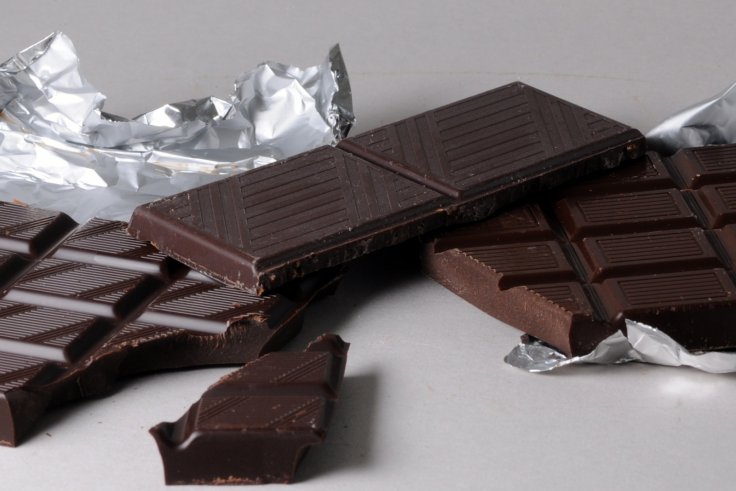A study presented at the American Chemical Society (ACS) Fall 2020 Virtual Meeting & Expo has claimed that combine milk chocolate with coffee waste and peanut skin can enhance its antioxidant properties. According to the study, this can provide health benefits equivalent to those linked to harder and more bitter dark chocolates.
Lisa Dean, lead author of the study explained, "The idea for this project began with testing different types of agricultural waste for bioactivity, particularly peanut skins. Our initial goal was to extract phenolics from the skins and find a way to mix them with food."
No Compromise on Taste for Benefits
The results suggest that you may not have to compromise on the taste to get the benefits of dark chocolate which has high levels of phenolic compounds. Peanut skins are not the only food waste that can enhance milk chocolate in this way. The researchers are also exploring the extraction and incorporation of phenolic compounds from used coffee grounds, discarded tea leaves and other food scraps.

When manufacturers roast and process peanuts to make peanut butter, candy and other products, they toss aside the papery red skins that encase the legume inside its shell. Thousands of tonnes of peanut skins are discarded each year, but since they contain 15 percent phenolic compounds by weight, they are a potential goldmine of antioxidant bioactivity. "Phenolics are very bitter, so we had to find some way to mitigate that sensation," Dean said.
The Benefits of Phenolic Compounds
In fact, the natural presence of phenolic compounds is what gives dark chocolate its bitterness, along with less fat and sugar compared to its cousin milk chocolate. To create their antioxidant-boosted milk chocolate, Dean and her team of researchers at the USDA worked with peanut companies to obtain the peanut skins.
From there, they ground the skins into a powder, and extracted the phenolic compounds with 70 percent ethanol. They also worked with local coffee roasters and tea producers to obtain used coffee grounds and tea leaves, using a similar methodology to extract the antioxidants from those materials.
The phenolic powder was then combined with maltodextrin, a common food additive, to make it easier to incorporate into the final milk chocolate product. The researchers presented their results at the American Chemical Society (ACS) Fall 2020 Virtual Meeting & Expo.
(With inputs from agencies)









